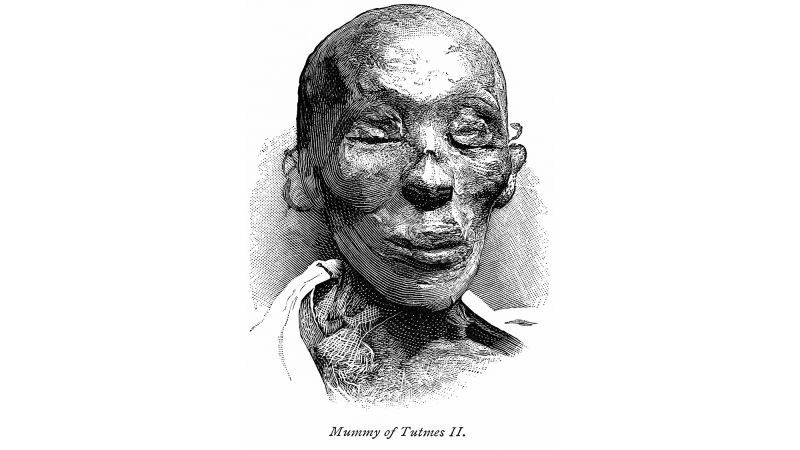The unveiling of an ancient Egyptian royal tomb belonging to King Thutmose II marks a significant breakthrough in the realm of archaeology. This discovery has been described as “remarkable” by officials from both Egypt and the United Kingdom. The tomb, identified as “Tomb C4,” is located approximately 2.4 kilometers (1.5 miles) west of the Valley of Kings in Luxor, a region renowned for its monumental history.
King Thutmose II, who reigned in the period between 2000 and 1001 BCE, had his final resting place uncovered by a collaborative archaeological team. This joint Egyptian-British mission received word from Egypt’s Ministry of Tourism and Antiquities, heralding a historic find that exceeds expectations. Initially, the team believed the tomb belonged to one of the wives of the kings due to its proximity to the tomb of Queen Hatshepsut and those of King Thutmose III’s spousal figures.
As the excavation progressed, however, new findings began to shape a different narrative. Led by the Supreme Council of Antiquities in conjunction with the New Kingdom Research Foundation, the ongoing research revealed that the tomb was, in fact, that of King Thutmose II. Field director Piers Litherland of the New Kingdom Research Foundation expressed surprise at this twist, indicating that the excavation team had originally presumed the site was linked to royal women.
The positioning of the tomb presents an unusual aspect for a king’s burial; it lies beneath two waterfalls and is situated at the bottom of a slope, an odd choice that could have resulted in flooding during the more humid conditions of the 18th dynasty. This setting, according to Litherland, is not ideal for a royal burial and raises questions about the decisions made during Thutmose II’s entombment.
Crucial evidence supporting the identification of the tomb as that of Thutmose II includes alabaster jars inscribed with his name, highlighting his status as the “deceased King.” Additionally, inscriptions linking to his wife and half-sister, Queen Hatshepsut, were also found. These artifacts are expected to provide crucial insights into the history surrounding the king’s reign.
Despite the immense historical importance of the discovery, much remains unclear about King Thutmose II himself. Scholars continue to debate the duration of his reign, with estimates suggesting it could have spanned anywhere from just three years to more than a decade and a half. Litherland points out that while the tomb may not reveal extensive information about the king’s life, its significance lies in the fact that Hatshepsut arranged for his burial rather than his son, Thutmose III, a detail that may reflect political maneuvering of the time.
The state of preservation of the tomb is another layer of its complex history. Due to flooding shortly after Thutmose II’s death, the interior has suffered significant water damage, leading to the assumption that many original contents were relocated to alternate sites before they could be damaged further. Nonetheless, the archaeological team has managed to restore fallen plaster fragments within the tomb, uncovering remnants adorned with blue ink and yellow star motifs. Among these was the Book of Amduat, a vital religious text associated with royal burial customs in ancient Egypt.
The architectural simplicity of Thutmose II’s tomb may also serve as a prototype for subsequent royal tomb designs within the 18th dynasty. As the excavation continues, the team remains committed to unveiling more secrets from the area, notably seeking to locate the final resting place of any original contents that may have been removed prior to the tomb’s discovery.
Overall, this extraordinary find not only enhances understanding of Egyptian royal history but also continues to illuminate the broader narrative of ancient civilizations. Through ongoing research and collaborations, we may yet uncover further revelations from an era shrouded in antiquity.












